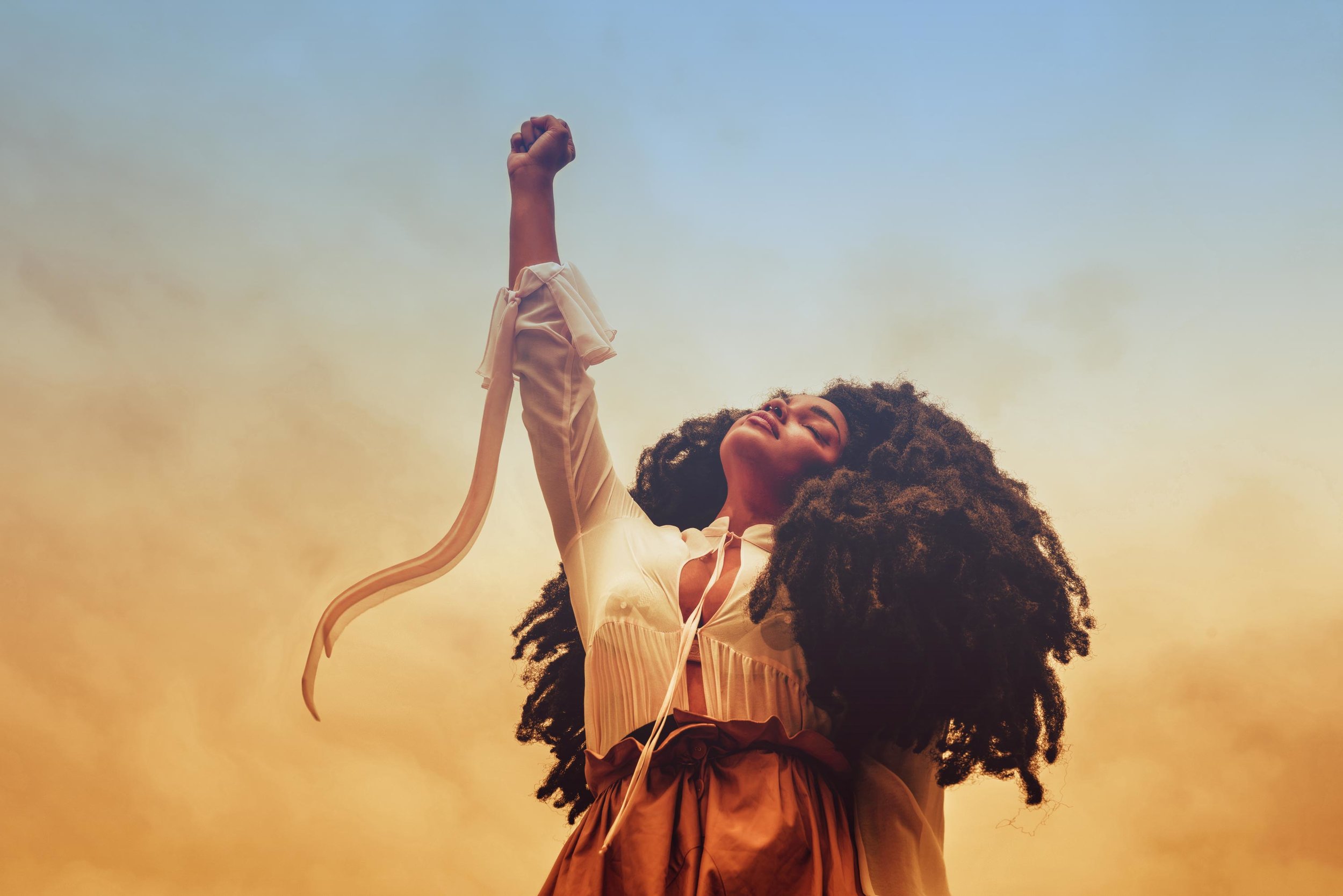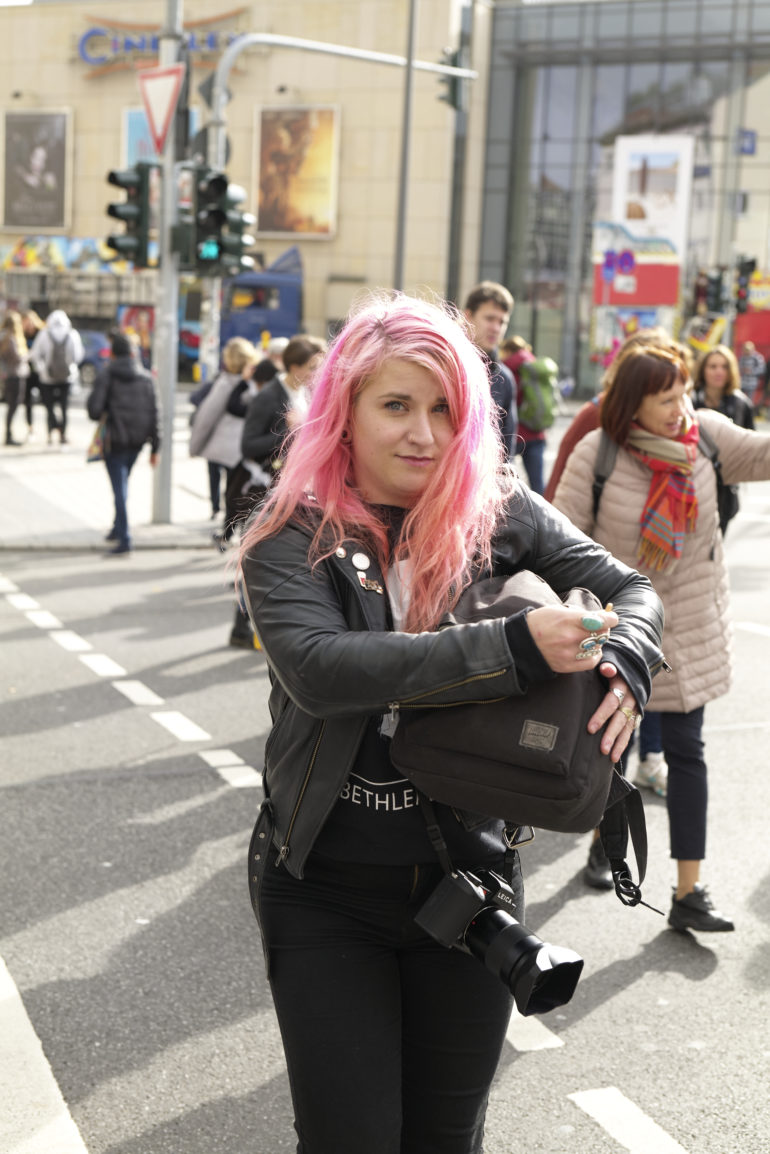Last Updated on 10/01/2020 by Chris Gampat
Photography has been a part of our world for over 150 years. Lead Photo by Kezi Ban
It began as most things did, available only to the privileged few, mostly where wealth and power were concerned. As such, it’s undeniable that the field has historically been male-dominated and slow to change with the times. While we’ve made many advancements as an industry, we have a long way to go, and yet, there seems to be a lot of resistance in acknowledging how and where things still need to shift. Given this, we decided to explore the changes made over the years with female photographers who have been in the industry for at least a decade. We spoke to them about how things were when they first started, what things disappeared over time, and what things are still present in our community and culture. While some shifts have definitely happened, through speaking with these five phenomenal photographers, certain sentiments were repeatedly echoed as issues we still face today.
I see a lot more camaraderie between women. There is an underlying notion that we are better together. I’ve also experienced a shift in attitudes towards women in general. The traditional patriarchal dialogue is fading out to the younger generations’ more inclusive approach to life. However, we still have a long ways to go. The industry will only benefit when women represent critical mass in any industry. That’s when radical transformation will take place and I look forward to that day. – Kezi Ban
As a younger, emerging photographer, I can personally attest to the truth of these issues being real, present problems in our industry. I spoke to Janice Wood Wetzel, a member of Professional Women Photographers, Tracie Maglosky, an Olympus Visionary, Kat Sarkissian, Gail Mooney, and Catherine Gibbons. All of them are long-standing freelance female photographers with decades of experience. The common thread found in each woman’s recountings shine both a hopeful and critical light on our community. By taking in their words, we hope this discussion will continue to further wedge open the door of opportunity for women within our industry by highlighting where we still need to do better by our female photographers.
“There have always been talented women making important pictures. I think that in the last decade editors and creative directors are seeing the importance of elevating these stories. Is there still an imbalance in who is winning prizes, grant money and front page picture stories? Absolutely. But I think in general there is more awareness that it’s happening, that it’s problematic and that we need to keep doing work to change that.” – Jeanette D. Moses
Breaking Into the Industry Is Tough for Women
One of the most common correlations between each of these women’s histories was the massive difficulty each of them met when breaking into the industry. While I can personally testify that we still face sexism in the context of hiring female photo assistants, we’ve managed to come a long way. “There was always a thing of having to prove I could do it because I’d go for interviews at well-known studios, and it was strictly male assistants at that time, and it was always,” Kat Sarkissian shared, speaking to her first experiences as an assistant. “They liked me personally, they thought I had good energy, but, I’m female; can I really handle it, can I work the long hours, can I carry heavy stuff, am I going to worry about breaking a nail and not pull my own weight? So there was a lot of having to do more than anyone else.”
She vividly remembered meeting with a well-established photographer’s first assistant in pursuit of a job:
“I could tell he was like ‘Oh you think you can do this? I’m going to make this as hard for you as I can,’ but I was determined. I was like ‘there’s no way you’re going to play that game, I’m going to let you get away with this,’ so they granted me a trial period, and the first job I had was carrying 40 pieces sheetrock up three flights of stairs. And I was determined that I was going to do this. In a way, looking back on it, I shouldn’t have had to, it should have been like ‘yo, grab the other end of this we’re going to do this together,’ but there was this thing of having to prove I could do it. Whether it was in my head, it was partially on their side, but a lot of it was my own determination,” Sarkeesian shared, and continued, “I think the overarching mentality was ‘you gotta be good, but you also have to be better, just to get your foot in the door.’” -Kat Sarkissian
Kat is not the only one who had to be a tough cookie to break through the field’s sexist perspective. “I didn’t encounter any female photographers or assistants in Chicago – there were none,” Catherine shared, “I could not initially get a job, so I got a masters at night and taught during the day–after working in a Chicago studio for two years, I moved to San Francisco.” She continued to state that it was so much easier to get an assistant job there.
“I had gained studio and technical experience, but it was much more open to women. I was booked freelance and full time. There were women photographers in San Francisco also – less conservative in San Francisco.”
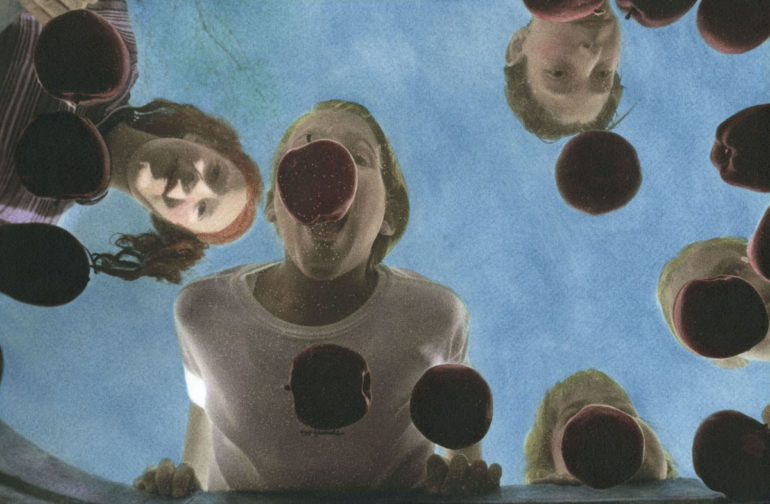
“In photography, as with any of the arts, bias could never prevent women from practicing their art – but there were always gate keepers that made it mostly a boys’ club. Even only five years ago, the company I was working for put together a wedding photography conference, two days of speakers and workshops – and not one woman (or person of color) speaking – even though myself and another female co-worker repeatedly asserted how bad that was. That likely wouldn’t happen now, though mostly (I think) because a couple companies had highly visible diversity mis-steps have shown how social media has made it easier for companies to be called out publicly for their lack of diversity, putting a dent in their bottom line.” – Deborah Gilbert
When Catherine started out, many photographers thought she couldn’t carry as much as a man, some said they couldn’t swear in front of her. One studio wanted an assistant to do overhead presses with ‘serious weights.’
Gail also echoed the same kind of sentiments, speaking to the bravery of the men who first took her on as a photo assistant, and their willingness to stick their necks out. “If I was a time traveler, and dropped myself back in 1977 when I started, I would be freaking blown away by what I would have to deal with,” stated Gail. “But it was what it was then, you don’t know what you don’t know. But now, I would go ballistic.” Gail feels that things have changed for sure, but they’ve changed slowly.
“In the United States, women first photographed as amateurs, several producing fine work which they were able to exhibit at key exhibitions. They not only produced portraits of celebrities and Native Americans but also took landscapes, especially from the beginning of the 20th century. The involvement of women in photojournalism also had its beginnings in the early 1900s but slowly picked up during World War I.” – Wikipedia
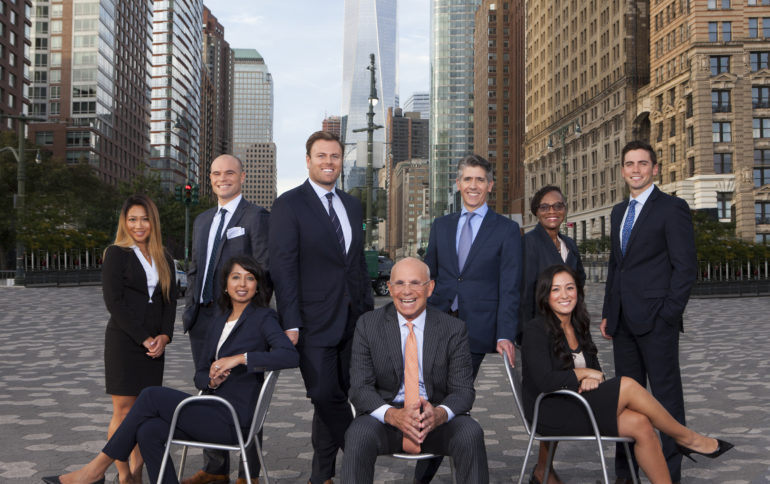
Unarguably, working now as a female photo assistant doesn’t have the same barriers to entry that existed in the ’70s, ’80s, or even ’90s, but that’s not to say everything is fine for female photo assistants. I and friends of mine within the industry have encountered photographers who’ve spoken openly about not hiring female assistants for specific jobs, or who still refuse to employ female photo assistants at all. Kat spoke to it quite clearly when talked with her. “I think it’s ingrained in our thinking, that a female is going to be more needy. Whether its a photographer, or an assistant, she’s going to be more needy, she’s going to be like, ‘you have to handle her more delicately than a guy…you feel like you have to have the kid gloves out a little more’, and I don’t think that’s changed a whole lot.” Undeniably, there’s still work to do here.
The Mistreatment of Female Photographers and Business Owners
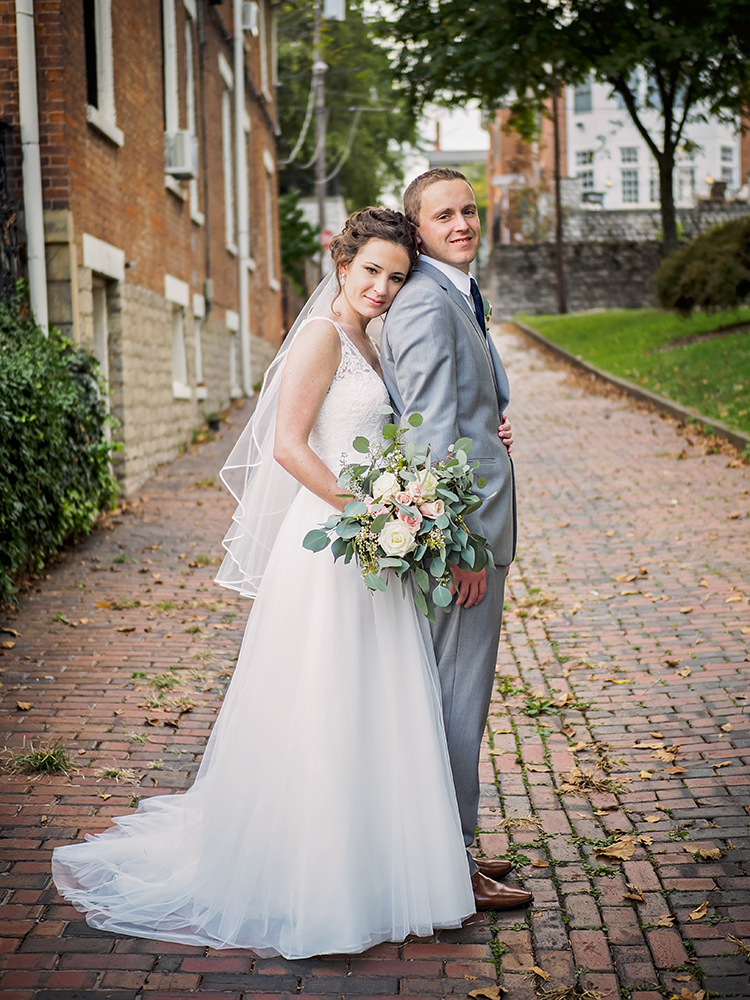
“It was always assumed that he was in charge, which we would laugh about, but it was really not funny.” Tracie spoke to this point when referencing weddings where she worked with her male counterpart, Tony. “That still happens when we go places. People are still quick to approach him and not me thinking that he’s in charge.” This is another part of the industry that unfortunately hasn’t seen as much change–how women are treated as business owners and professionals in the industry. The same idea was echoed by every woman I interviewed who works with a male counterpart, as well as my own experience. Kat, who runs Jonsar Studios with her partner, Robert Johnson, shared similar sentiments in regard to clients. “They’ll make eye contact with him, they’ll ask him the questions, even though I’m the one that’s put the whole job together,” explained Kat. “I can be the one that they reached out to, I can be the one that booked all the details, did all the creative, etc., but they’ll still talk to him, and that, that really steams me.”
Gail, whose husband is also a photographer, still experiences it to this day. “When I was starting out, and we would frequently work together, they would always assume I was his rep, and he was the photographer,” Gail recounts. “They wouldn’t even assume I was his assistant, I was his rep, I didn’t know sh*t about photography, that’s what the assumption was. And now, it could be my thing, it could be I generated it, he’s helping me out, and they’ll still look at him and talk to him.” Gail expressed that’s just the way it is.
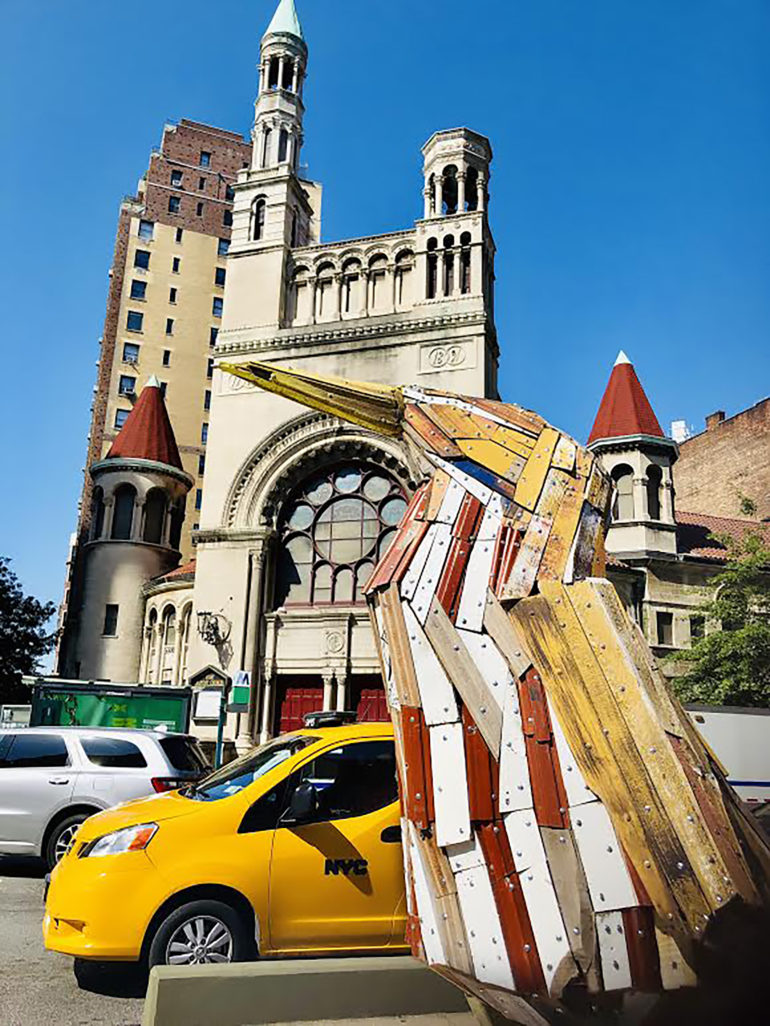
“…our title of the photographer is still not fully recognized or respected…”
I’ve experienced this myself firsthand, and have had my client defer to my fellow photographer partner on multiple occasions. Clearly, this issue is still as prevalent today as it was when these women were starting out. While there’s more space for us on the field, we’re always seen as lesser, not-the-leader, the backup/help/assistant–our title of the photographer is still not fully recognized or respected. The gender dynamics of our culture actively work against having equal partnership in a team, and sometimes those dynamics seem near inescapable. Catherine has encountered an even more severe version of this when using male photo assistants: “A CEO would often shake hands and greet the young male assistant on the job and address him as the photographer – that hasn’t happened in a long time.”
“There’s just this very paternalistic thread that exists within the news photography community of men believing they need to impart wisdom on the women photographers. It’s like, ‘No, we’re good at our jobs. We know what we’re doing. Thank you very much.’” – Wired: Female Photographers Matter Now More Than Ever
The Representation of Women in the Photo Industry Is Getting Better
One part of the industry that’s finally started shifting for the better, however, is representation. “Obviously, it’s a male-dominated industry, completely; it was even more so when I first started,” explains Tracie. “…it was mostly men. There were a few women that I think we’re rising up, but not like now.” She continued to state that the manufacturers started to recognize that women were becoming a large group of photographers, and in that recognition, even if it was for money, it still translated to them bringing women to the forefront. Part of this, Janice believes, is that women’s advocacy was a big part of shifting this respect. “They just kept at it, and they showed whenever they had shows; they showed that people were interested in their work.” Janice stated and continued to speak to a very poignant moment. “I remember going to an art show at the women’s museum in D.C., and being at the same time, so excited to see all of these wonderful artists on the walls that we’d never heard of (and some that we had, like Mary Cassat). And at the same time being enraged that I’d never heard of them before.” Janice now thinks more and more museums and galleries are opening up to the creativity of women.
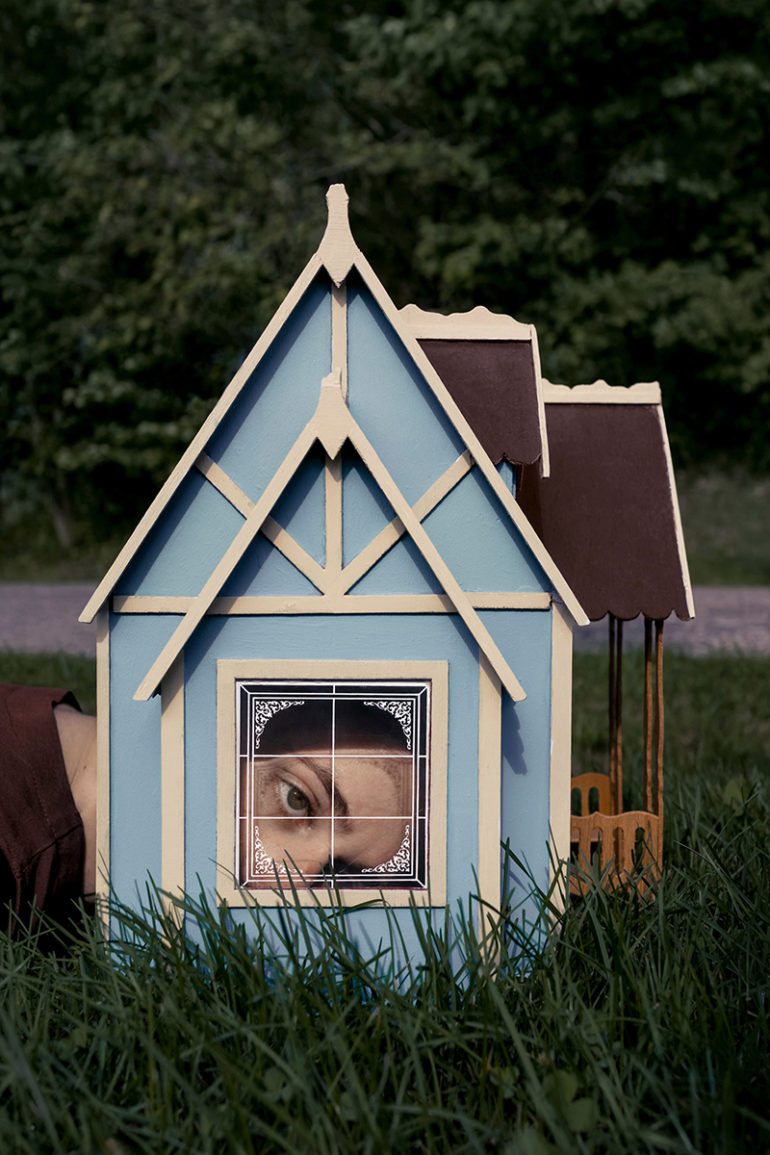
“In my experience I would say I’ve seen an increase in the number of opportunities I’ve been approached for that are specifically for women. Like exhibits curated by women for only female artists or even the job I did for Coach on international women’s day last year. I don’t think those things were being pushed as much 10 years ago when I was starting out.” – Brooke DiDonato
Tracie touched on another aspect in the industry that has yet to make any significant shifts. “I think that broad voice of women being thrust forward and being put on stages and being validated as photographers is really cool, but it is interesting, because even still, there will be times when I’ll be doing a talk or whatever, and some guy tries to out-tech me.” She continued, “There’s this assumption overall I think, that women are less technical, and more emotional shooters or something. And in part, that’s true, I don’t focus on the technical – but it doesn’t mean I don’t know it, it just means that I’m not stuck on it.” Just about every female photographer I know has encountered the staple game of the gearhead: where can I stump her technically?
Gail spoke to this as well while talking about her documentary film project, Like a Woman, and has no patience for the sexist test. “I know the gear I need to know to get my job done.” says Gail. “I’m on a need-to-know basis, okay? It’s not about the gear, it’s about the gear that’s going to get me to how I want to output what I want to say.” Gail has also learned that some men do not do well with a female director.
“And that’s okay, I don’t need mansplaining on the job. I hold my own, but it doesn’t always make me popular.”
But Shouldn’t Female Photographers Also Be Worrying About Their Families?
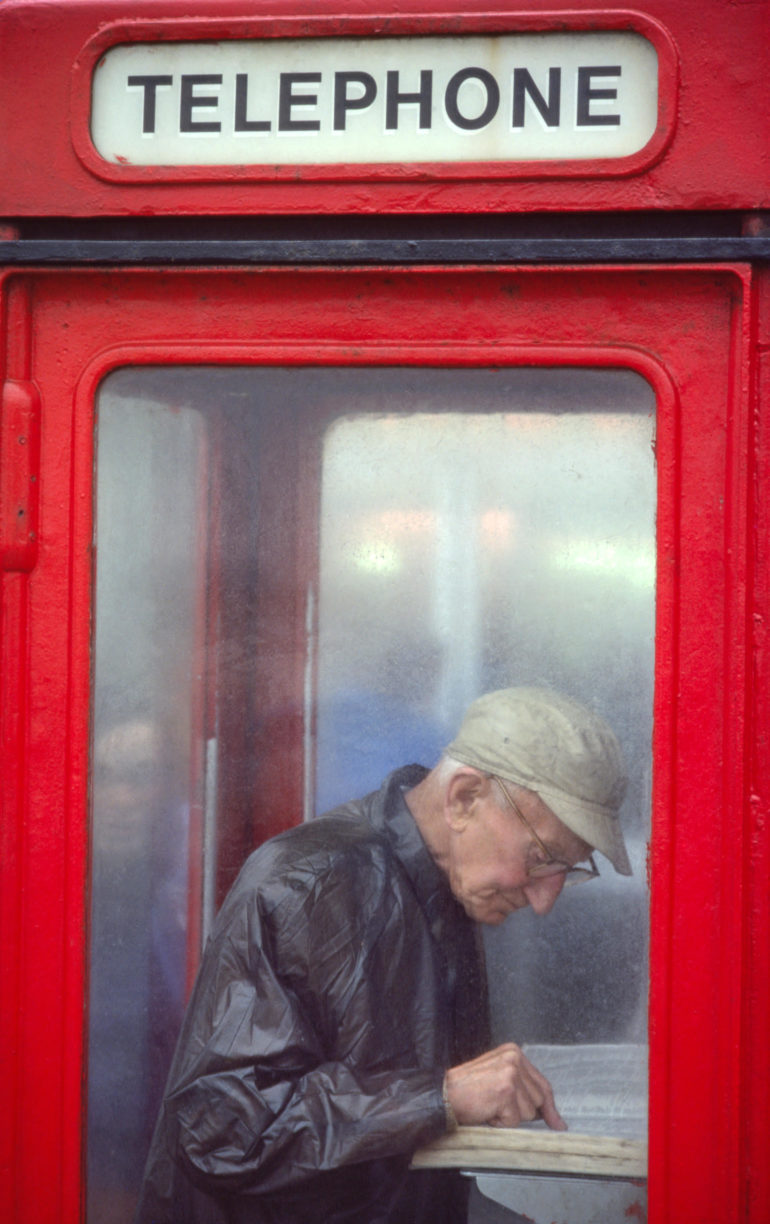
Our society still revolves heavily around a patriarchal perspective within the realm of family. According to this viewpoint, the woman is the wife and mother, that’s her job, while the man is the employed breadwinner. It may be an old, sexist trope, but it’s still very much alive and well as a general idea in our industry. “When a guy has a job, no one says, ‘Wow, how do you balance your family with that?’” Tracie shared. “When you’re a photographer, and you’re a woman, people say, ‘wow do you spend a lot of time away from the kids, like, how do you manage that?’ and it’s like, that’s an interesting question, why aren’t you asking my husband?” Despite this, Tracie thinks that men suffer more than women do because it’s not recognized as an issue.
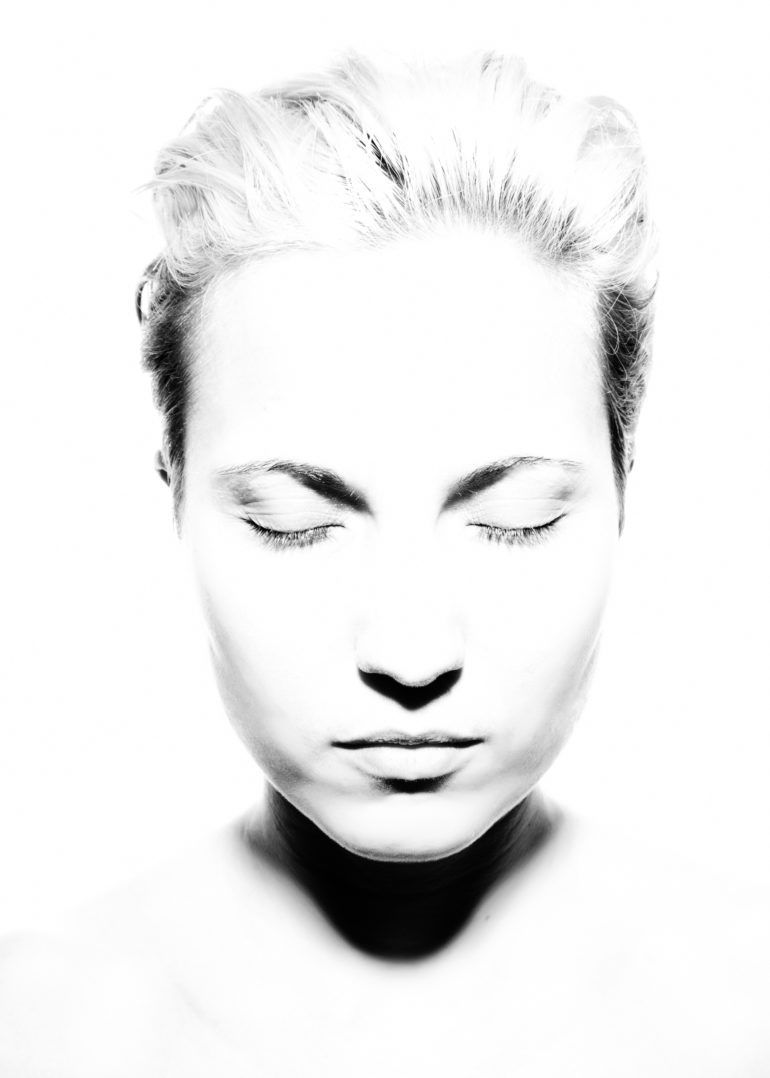
“Starting out as an assistant about 15 years ago I didn’t really work for any female photographers or had connections to women in the industry. All of my mentors were men. It’s been wonderful to see that change overtime. Women in photography are now represented in larger numbers and growing. Female photographers are creating strong work in all kind of genres and I love seeing badass women shooting sports, working in journalism and getting advertising campaigns.” – Claudia Paul
“If it’s a male photographer, he just goes to work whenever he goes to work, and there’s no limit, or no mom-guilt. I think guys maybe have those thoughts once in a while, but I think it’s cultural: we’ve cultured ourselves right into thinking that one parent is the parent, and one parent is the help. It’s so sad – it’s sad for women, it’s sad for men, and it’s sad for kids.”
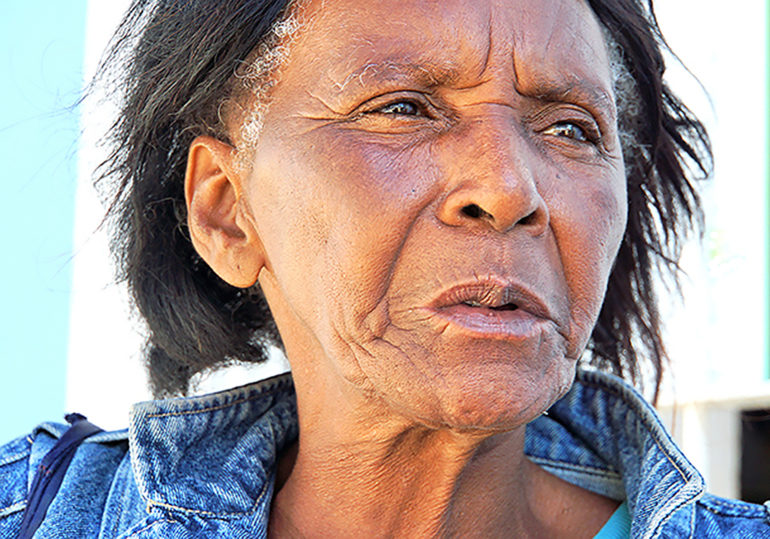
Tracie went on to explain why she thinks this stark disparity between parental photographers is based on gender. She used to teach a workshop that revolved around having a better work/life balance, “The quality of your life outside of being a photographer is super important,” explained Tracie. “The lesson, the message, the whole talk is not being had; it’s frustrating because all sides could benefit from learning the management of family and health. I don’t think guys go to those classes by and large – I don’t think dudes go to a class about work/life balance.”
Because of the greater norms still at play in our society, our male counterparts can absolve themselves of fatherly guilt; their absence is noted as normal and never noticed as an issue of parental dedication. Women, however, still face horrible stigmas and judgments regarding being ‘bad mothers’ for pursuing professional careers as well as embracing motherhood. Men are allowed to have it all, whereas women are still expected to commit and choose. Janice spoke to this work/life balance being an issue that frequently arises in Professional Women Photographers as well, referencing the widening nature of photography.
Female Photographers and Safety
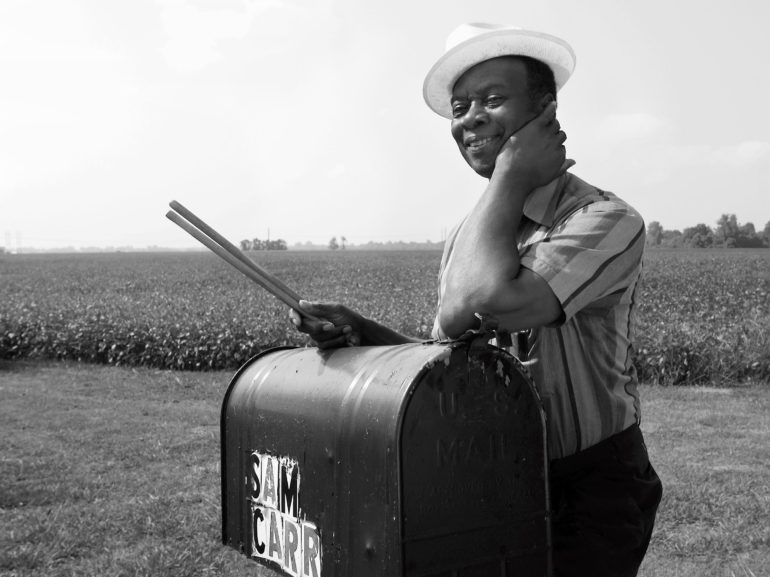
With our world becoming more global and more accessible, and women coming into the photographic community more, Jancie’s community often hears on multiple occasions of the struggles female photographers face with being away from their children, whether from internal guilt, or external shame. Safety is also a concern that comes up quite often, as that’s another unfortunate place things still have not shifted; women still face a much higher risk of violence or to their safety in pursuit of beautiful imagery. “Safety is an issue with women who shoot and go to other parts of the world, but even if they’re local, to shoot at night, to be alone, they often want to have somebody else with them,” states Janice. “But they’re very courageous, and they’re very independent in many ways and go where it’s risky anyway to get the shot.”
This aspect I can also, unfortunately, speak to as prevalent and pressing of concern in our society. Several personal projects I conceptualized never got off the ground due to logistical issues like this, and I’m presently evaluating the safety concerns of a new project I’m developing. I acknowledge many photographers, whether men or women, face these safety concerns, especially in more remote parts of the world.
“Whatever about the industry is true, is more true for women,” Janice puts it best.
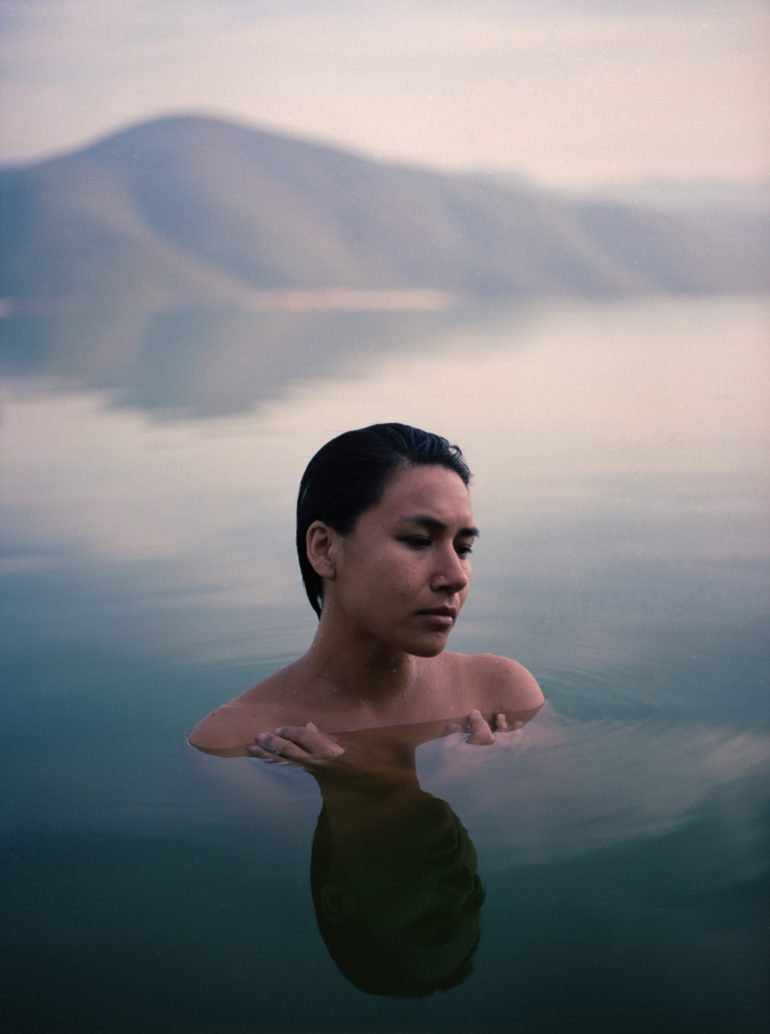
“The support of women empowerment is probably at an all time high. I’ve noticed some changes being made to ensure that women are in positions of power and/or have a seat at the table, even in corporate settings or male-saturated industries such as ours. More men are also stepping forward as allies but we still have a long way to go to make sure that women are fairly represented.” – Jessica Foley
Sure, war zones and third world countries can put any photographer in a more dangerous place than they’d find themselves in at home, but how many male photographers do you know are concerned to go places like Ohio or Texas alone? The risks are always there, the dangers are frequently greater for women, and the impact on female artists is undeniable. I know there have been times where I chose my safety over the shot, and another male photographer in my position would not have had to make that decision. He would have felt comfortable and entitled to have his cake and eat it too. Until rape culture and violence against women are more successfully combated in our global community, female photographers will have more to worry about, especially in terms of threats to their safety and survival. My partner went on a month-long trip to Africa, wide-eyed and open; I don’t feel like I could even hire a fixer without putting myself in a seriously detrimental predicament. Parts of the world are still unsafe for women, no matter what profession, and putting a bunch of expensive camera gear in our hands concurrently feels like accepting another target being placed on our backs. Women are embracing the world anyway and doing the best they can to mitigate these risks, and there’s no denying that many women in the industry don’t even try because the risk feels too high.
Overall, the industry has made a lot of powerful shifts in the world of women and creating space for ourselves in the photographic community. As indicative of these personal anecdotes, we still have an unfortunately long way to go. Many of the women I interviewed echoed very complementary concepts. “I’m very hopeful about it because I do see movement,” Janice shared with me.
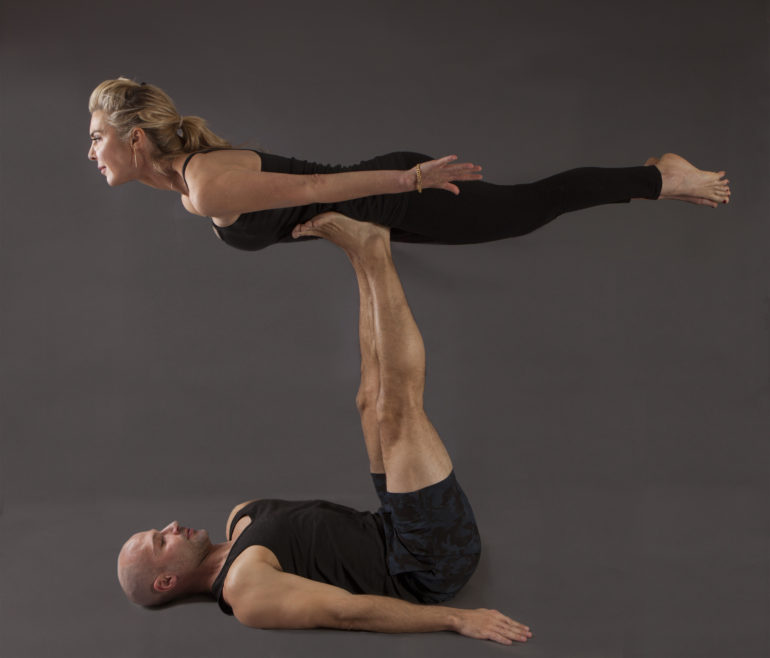
Tracie’s view was no different. “I do think that things have shifted a lot–I think that shift needs to happen around race, and I think that shift needs to happen in a lot of different directions.”
Both Gail and Catherine spoke to this as well, in a slightly different way.
“I started thinking when I walked into the expo…Yesterday, it’s still like, a man’s world,” says Gail. “Everybody’s got white hair, glasses, and a beard. And I just started thinking about that, and like, nothing’s changed – that’s not true; it has changed, it’s just been unbelievably slow.”
Catherine’s closing statement spoke to one of the biggest hurdles female photographers still face. “I am equally capable, even when I have much more experience,” she states. “There are still more male photographers, and I’m sure some people want to hire a guy – I never know the details.”
“It continues to be a problem. We thought that we’d have it all solved by now, but we don’t,” was an important sentiment Janice shared, speaking to past waves of feminism. Her generation thought that making the issues known would be enough to cause the shift. But clearly, we still have some fighting to do. Let’s keep the momentum going, as clearly the metaphorical snowball is building, but not quite rolling on its own yet. Hopefully, in the next decade, these long-standing issues will begin to disappear as well and the snowball won’t need any further encouragement to keep moving down the mountain.
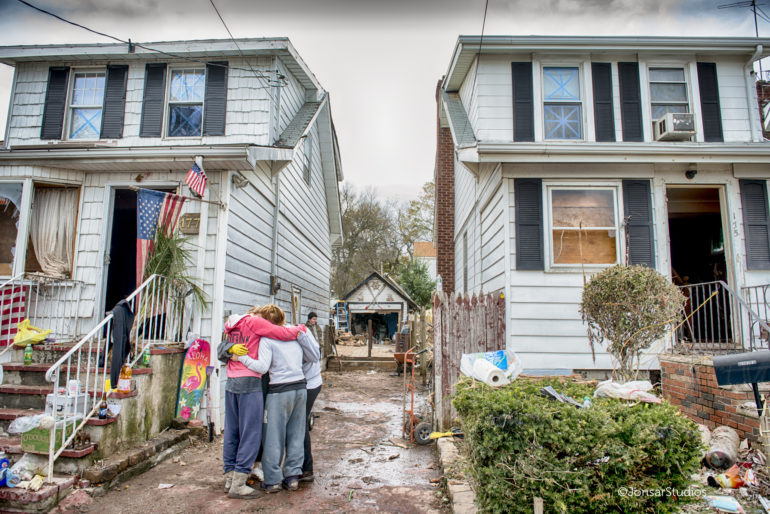
Additional work on this article was done by Phoblographer Editor in Chief Chris Gampat. All photos in this story are used with permission.


